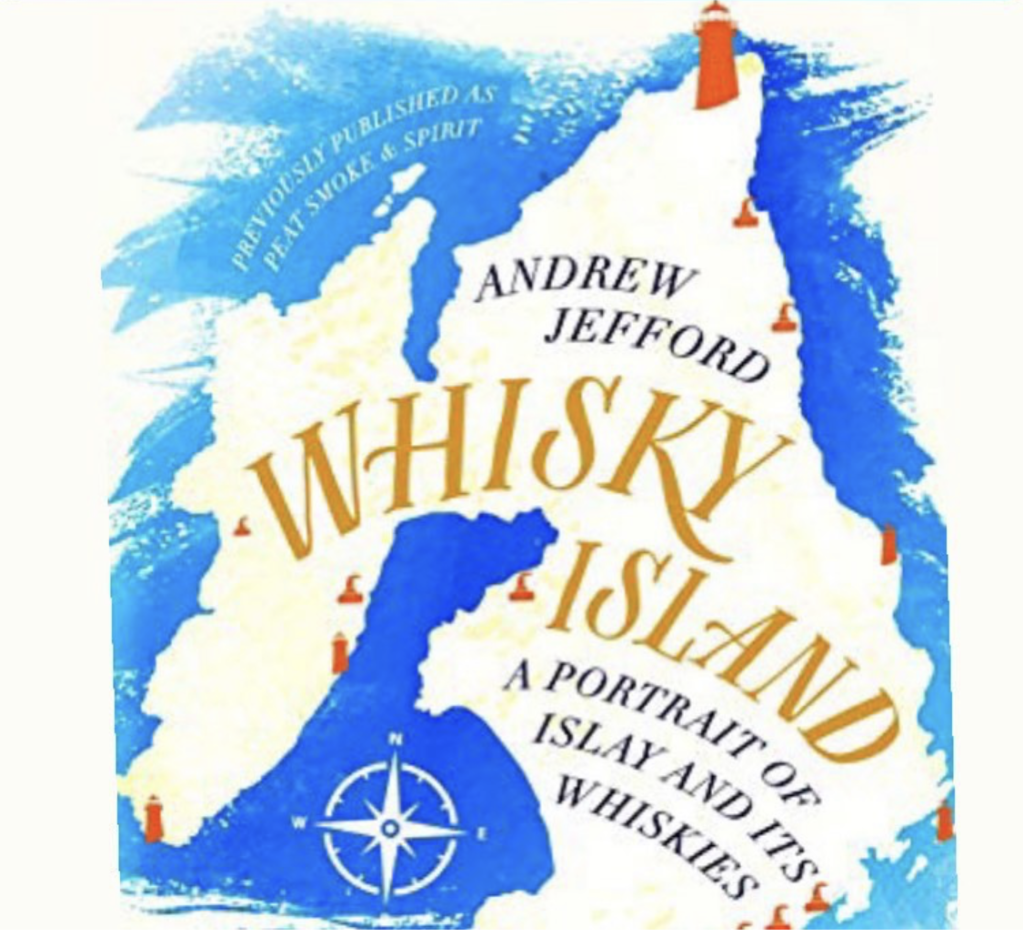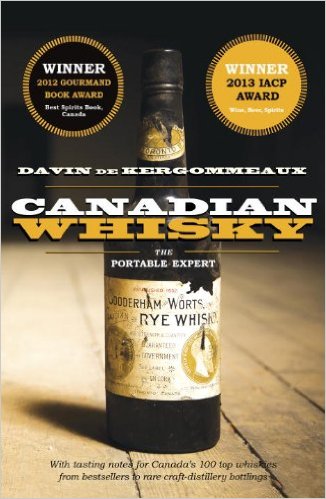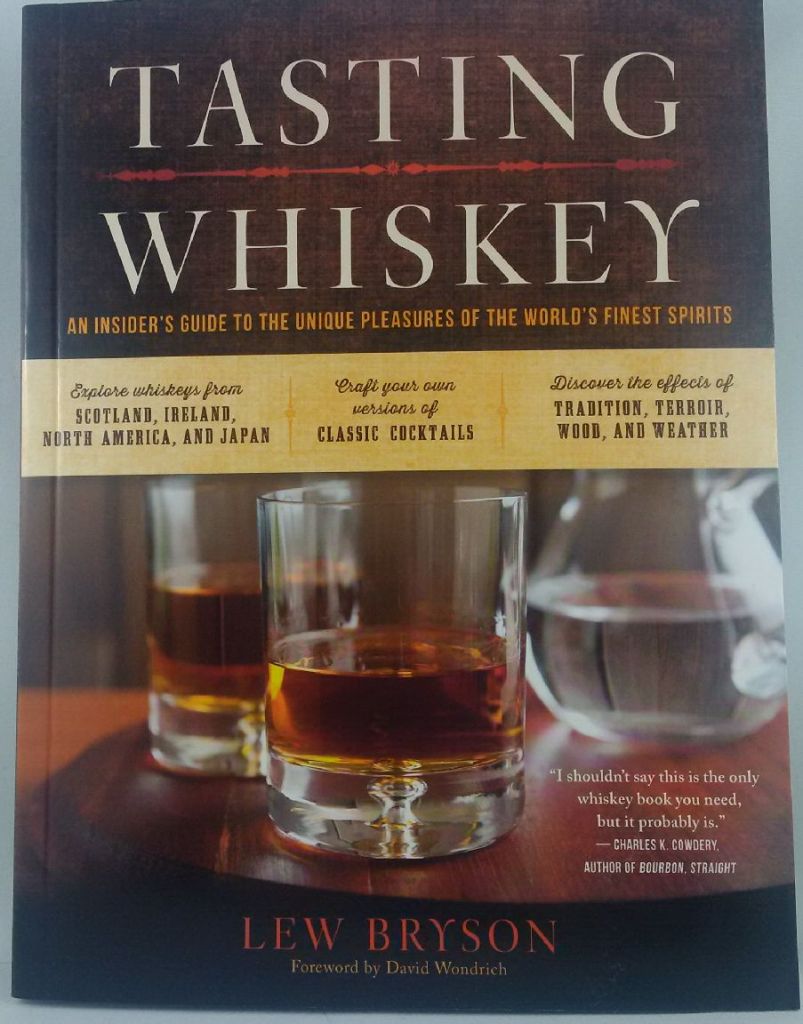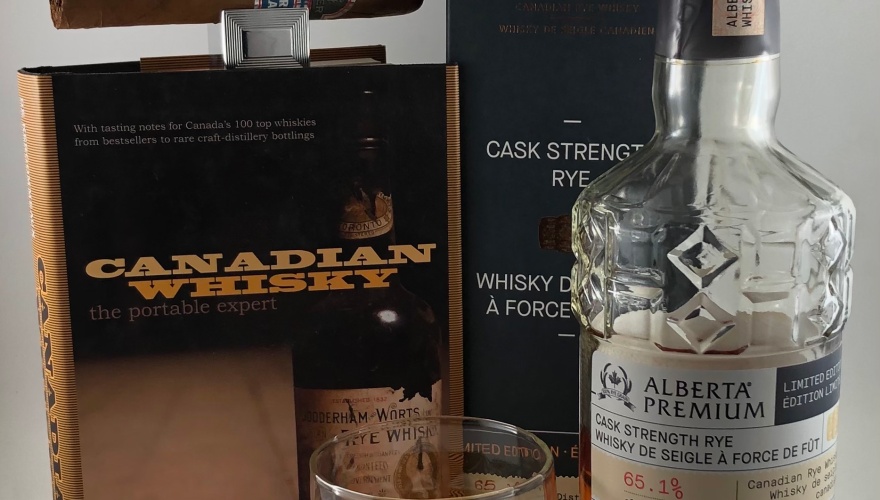World Whisky Day falls on the 3rd Saturday of May.
2021: May 15. I was interviewed by the local outlet of Canada’s national broadcasting system – CBC – about today’s big day in the whisky-world.
Here’s the Q & A from that interview.
What is Whisky?
Whisky is a distillate that starts with water, then some type of grain – typically barley, wheat, corn or rye … or a combination of grains.
Scotland has one of the most exacting definitions of whisky and most of the other producing regions follow suit with a few variations.
To be called whisky it comes to basically this:
1) the liquid must be either a malted barley
2) it must be aged in oak barrels for at least three years.
3) any age statement on the label must reflect the age of the youngest whisky used to produce that product. This is known as a guaranteed age statement.
If there is no “age statement”, the whisky is known as N.A.S. – “no-age statement)
4) whisky must be at a minimum alcohol level of 40%abv (alcohol by volume)
5) it can’t be called Scotch unless it’s made in Scotland.
Here’s a lengthier description courtesy of whiskyinvestdirect.com:
“Scotch whisky” means a whisky produced in Scotland:
(a) that has been distilled at a distillery in Scotland from water and malted barley (to which only whole grains of other cereals may be added) all of which have been:
- processed at that distillery into a mash;
- converted at that distillery into a fermentable substrate only by endogenous enzyme systems; and
- fermented at that distillery only by the addition of yeast;
(b) that has been distilled at an alcoholic strength by volume of less than 94.8 per cent so that the distillate has an aroma and taste derived from the raw materials used in, and the method of, its production;
(c) that has been matured only in oak casks of a capacity not exceeding 700 litres;
(d) that has been matured only in Scotland;
(e) that has been matured for a period of not less than three years;
(f) that has been matured only in an excise warehouse or a permitted place;
(g) that retains the colour, aroma and taste derived from the raw materials used in, and the method of, its production and maturation;
(h) to which no substance has been added, or to which no substance has been added except:
- water;
- plain caramel colouring; or
- water and plain caramel colouring; and
(i) that has a minimum alcoholic strength by volume of 40%.
Countries where Whisky is produced:
The top regional made whisky styles are:
Scotch Whisky.
Canadian Whisky.
Irish Whiskey.
USA – Bourbon & Tennessee Whiskey (ie: Jack Daniels)
Rest of the world:
Australia – modern distilleries have been around since 1992, the most prominent being on the island of Tasmania, notably the award winning Sullivan’s Cove whisky.
India – the amount of whisky that is produced in India is staggering. They sell over 120 million cases and I can’t even pronounce the number of million litres of whisky India produces.
Recommended: Amrut Indian Single Malt whisky – it’s very good and has won numerous global awards
Taiwan – Kavalan
Germany – has about 25 distilleries making various styles: Single Malts. Blends. Bourbon-styles.
Finland – in 2018, Finland produced 1.9 million litres of whisky
Canada – Canadian Whisky, while it has some 100% pure rye-grain products, most Canadian Whiskies are made from corn or wheat or a blend of corn, wheat, barley & rye.
Canada produces over 21 million cases of whisky every year and sends vast amounts to the USA for bottling under multitude of brand names.
Japan – would be about the 4th largest whisky producer in the world, close to 100 million litres per year.
Ireland – started gaining international traction in the past few years. Production is at about 10 million litres/ year but is gaining share due to the its generally light taste that is attributed to its triple distillation.
USA – Bourbon. Produces at least 480 million litres of whisky each year, with products coming from Jim Beam, Buffalo Trace, Woodford Reserve, Wild Turkey & Maker’s Mark, just to name a few.
On May 4, 1964 the U.S. Congress recognized that Bourbon was unique to its country & protects the product with the following criteria:
– It must be made of a grain mixture (mash) that is at least 51% corn.
– Bourbon must be distilled to no more than 160 (U.S.) proof which is the equivalent of 80% abv (alcohol by volume).
– Bourbon must be aged in new, charred oak barrels. The barrels can be used only once.
– Newly distilled Bourbon can’t go into the barrel at higher than 125 proof – the equivalent of 62.5% alcohol by volume.
If the spirit meets the above requirements & has been aged for a minimum of two years, it may – but isn’t required to – be called Straight Bourbon.
– Bourbon aged for a period less than four years must be labeled with the duration of its aging.
– If an age is stated on the label, it must be the age of the youngest whiskey in the bottle.
– To be called “Bourbon” it must be made in the USA.
(source: Bourbon Buzz.)
Jack Daniels is also one of the most recognizable names for brown spirits made in America – but it’s referred to – not as Bourbon – but rather Tennessee Whiskey, mostly due to its charcoal filtration process.
Scotland – produces about 700 million litres of whisky each year, most of it coming from the Highland / Speysideregion. The other major Scotch-producing region in Scotland is Islay – the island known for the peat influence in its products. Peat is what gives Islay Scotch it’s smoky/ peat-y character.
How Old is Whisky? When was it 1st created?
The 1st recorded evidence of whisky production was in 1494 Scotland, but there is reference that distillation started a couple of thousand years ago for perfumes in Mesopotamia
However, Irish Whiskey fans might tell you that their ancestors picked up the knowledge of distillation during travels to Arabia around 500-600 AD. It was used for ceremonies & medicinal purposes.
There is some discussion of a carved writing reference on a tanned reindeer skin dating back to pre-Christian times where a liquid was referred to “fire water”.
Either way, distillation & whisky have been around for centuries.
Where does whisky get its color?
Whisky is often referred to as a “Brown Spirit’, but in fact, whisky can go from almost a light lemon color to a dark brown color and an entire spectrum of shades in between.
Most whisky around the world is aged in bourbon barrels because the law for making Bourbon states that product must be aged in “new” American Oak barrels.
When the liquid is poured from the barrel into the bottles, the Bourbon barrels are sold around the world for other whisky producers to use for aging their product. Most of the time the color from a bourbon barrel can be quite light to an amber color, depending on the char inside the staves.
A lot of people covet a darker color to whisky – enthusiastically proclaiming “look at that color” … believing the whisky has been either aged longer // or stored in barrels that had been used for the making of sherry.
Ex-Sherry barrels impart not only color and a sweetness to the whisky that is prized in some circles.
However, whisky color can be deceiving because the addition of caramel coloring known as E150A – the same caramel coloring agent that is used in cola’s, sauces, seasonings etc. – is an approved substance in the making of Scotch whisky.
While it’s a perfectly safe, neutral addition, there are some purists who believe they can taste it or sense it, but that’s limited to the individual.
Here’s how color labeling breaks down:
US – mandatory declaration of each artificial color.
EU European Union: Mandatory declaration by category name, color and the E number of the specific color.
Canada – it’s optional. The word “colour” is sufficient.
3 Whiskies that changed my life:
Glenfarclas. Speyside Single Malt Scotch. Always a great value, especially the 25yr old.
George Grant is one of the hardest working & nicest people in the whisky business.
Glenfarclas was featured in The Gentlemen – a film that was totally fun to watch.
Johnnie Walker Green. This is a blend that’s made up of some amazing Scotch whiskies. It’s got Talisker, Linkwood, Cragganmore & Caol Ila and it can challenge many single malts for complexity, balance & pure enjoyment.
Port Ellen 29year old 8th release. Port Ellen is a closed distillery but every so often there’s a release and in 2014 I was lucky enough to get a bottle.
I wish I’d bought a case because at that time the $350 price tag was a bargain. Now, you’d be lucky to get one for 10times that price.
Port Ellen 29yr old 8th Release is just a very rare, almost perfect Scotch whisky.
Recommended Whisk(e)y reading:
Whisky Island by Andrew Jefford.
Originally titled Peat Smoke & Spirit – it is the definitive guide to Scotch whisky, particularly those expressions from Islay.

Canadian Whisky – The Portable Expert by Davin de Kergommeaux.
While this books focus is on Canadian Whisky, the content is really great for anyone who wants to learn about the whisky making process as well.
A few years ago, I featured it on a cigar show I was doing from Atlanta, Georgia and, according to Davin, that day on-line sales of the book spiked – so it’s pretty clear there’s a lot of people who want to know more about Canadian whisky and this books delivers all the information you could ever want.

Tasting Whiskey – by Lew Bryson.
The perfect book to have on your whisky wall now that we’re not able to go out to whisky tastings & classes.
Lew’s book can tell you everything you need to know about the intricacies of appreciating whiskey.

